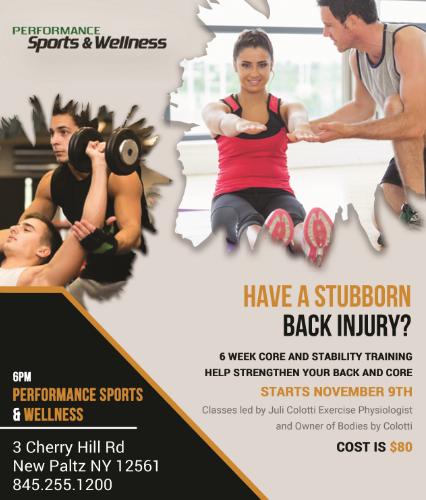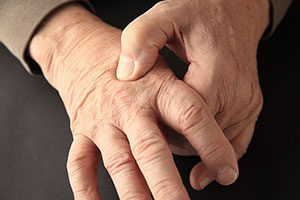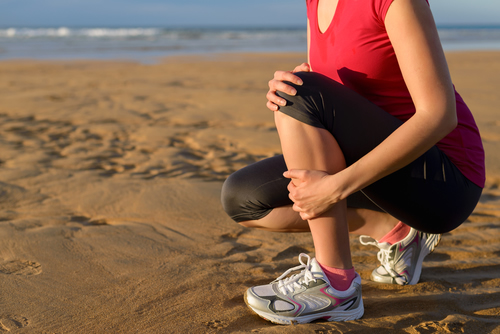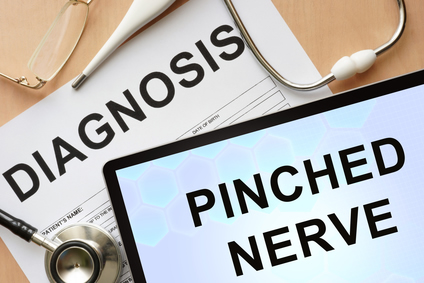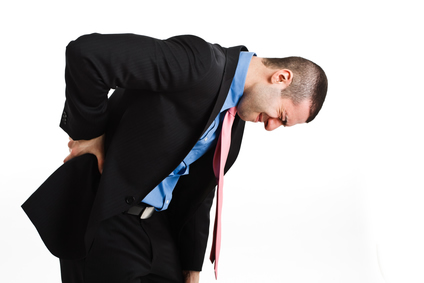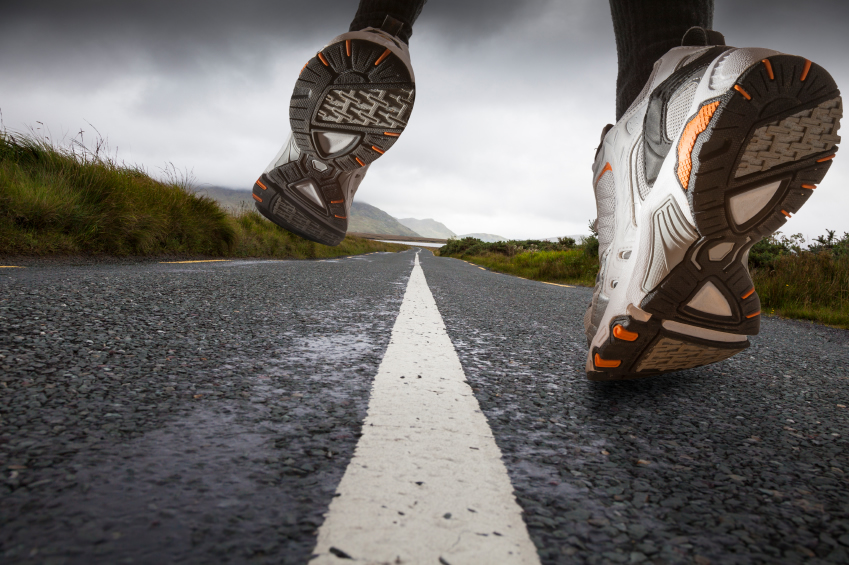 It’s no big secret that exercise is good for you. Many articles and books have been written and studies completed on the subject of physical fitness. However, lately it’s been discussed as to whether that five mile run or spin class is really enough. Is our work or school environment undoing any positive effort we put into staying healthy?
It’s no big secret that exercise is good for you. Many articles and books have been written and studies completed on the subject of physical fitness. However, lately it’s been discussed as to whether that five mile run or spin class is really enough. Is our work or school environment undoing any positive effort we put into staying healthy?
The short answer is YES. Human bodies were not built to sit for long periods of time. Our twenty-first century workplace — working behind a desk, typing on the computer, endless video conferences — unfortunately stacks against us to keep us on our… well, not our feet.
There are four harmful results on a person’s body that stem from sitting at work or in school all day.
Sitting for many hours each day takes a toll on our backs.
Working at a desk for many hours a day causes employees and students to stay in one position for an extended length of time. This puts a great deal of pressure on their backs. Over time, painful back and neck problems can develop and, if left untreated, continue to worsen.
Sitting also takes a toll on our waistline.
Obesity is at an all time high in the United States, and at least a good chunk of the reason is our sedentary lifestyle. Sitting for a long period (8 or more hours a day) decreases our metabolism, causing us to burn fewer calories. Excessive time at our desks can end up packing on the pounds.
Sitting can increase the chance of developing a life-threatening disease.
Studies show individuals with sedentary jobs have more health problems than their active counterparts. Cardiovascular disease and Type 2 diabetes are both examples of health issues that arise more often in people who regularly sit down most of the day.
Sitting can cause premature death.
This may sound melodramatic, but it’s true. As we talked about above, sitting for prolonged periods of time puts you at greater risk of diseases that may end up killing you. A study published in the Archives of Internal Medicine, “found people who sat for over 11 hours a day had a 40% greater risk of dying within three years from any cause than people who sat less than 4 hours a day.”
So, what should a sedentary office person do to improve their health and decrease the risk many hours of daily sitting causes?
- Get on your feet! Schedule times during the day to stand up and walk around. If you can’t remember to do it, add an alarm on your cell phone. Even a couple minutes on your feet every hour will help balance prolonged sitting. Dr. Ness recommends getting up to stretch for 1 minute 1-2 times per hour. It is impossible to undo 8 hours of sitting by stretching 1-2 times per day.
- Learn to sit correctly. When you must sit, make certain your chair isn’t causing more damage. Select a chair that is height and angle adjustable. The seat should support your lower body, and the back should fit the curves of your spine. Special bonus points go to chairs with lumbar support and that rock.
What else can I you do to reduce back and neck pain?
- Visit your chiropractor. Back problems brought on by a job behind a desk are not going to magically go away, and can get worse over time. Make a chiropractor appointment, get examined, and work to correct the issue.
- Invest in a standing desk. A growing trend is to turn a sitting job into a standing job. Desks that are taller have the ability to keep you on your feet longer, which will provide many health benefits in the long run.
Good health is one of our greatest assets, and it pays to protect it. By understanding the risks of a sedentary working environment, we can be proactive in increasing activity and promoting our individual fitness.
When you or a loved one needs more insight on how chiropractic can guide you toward a healthier lifestyle, give Dr. Ness a call. We’re here to help!
Dr. David Ness is a certified sports chiropractor practicing in NY since 1988. Dr. Ness is the official chiropractor for the football team at United States Military Academy at West Point since 2015.

